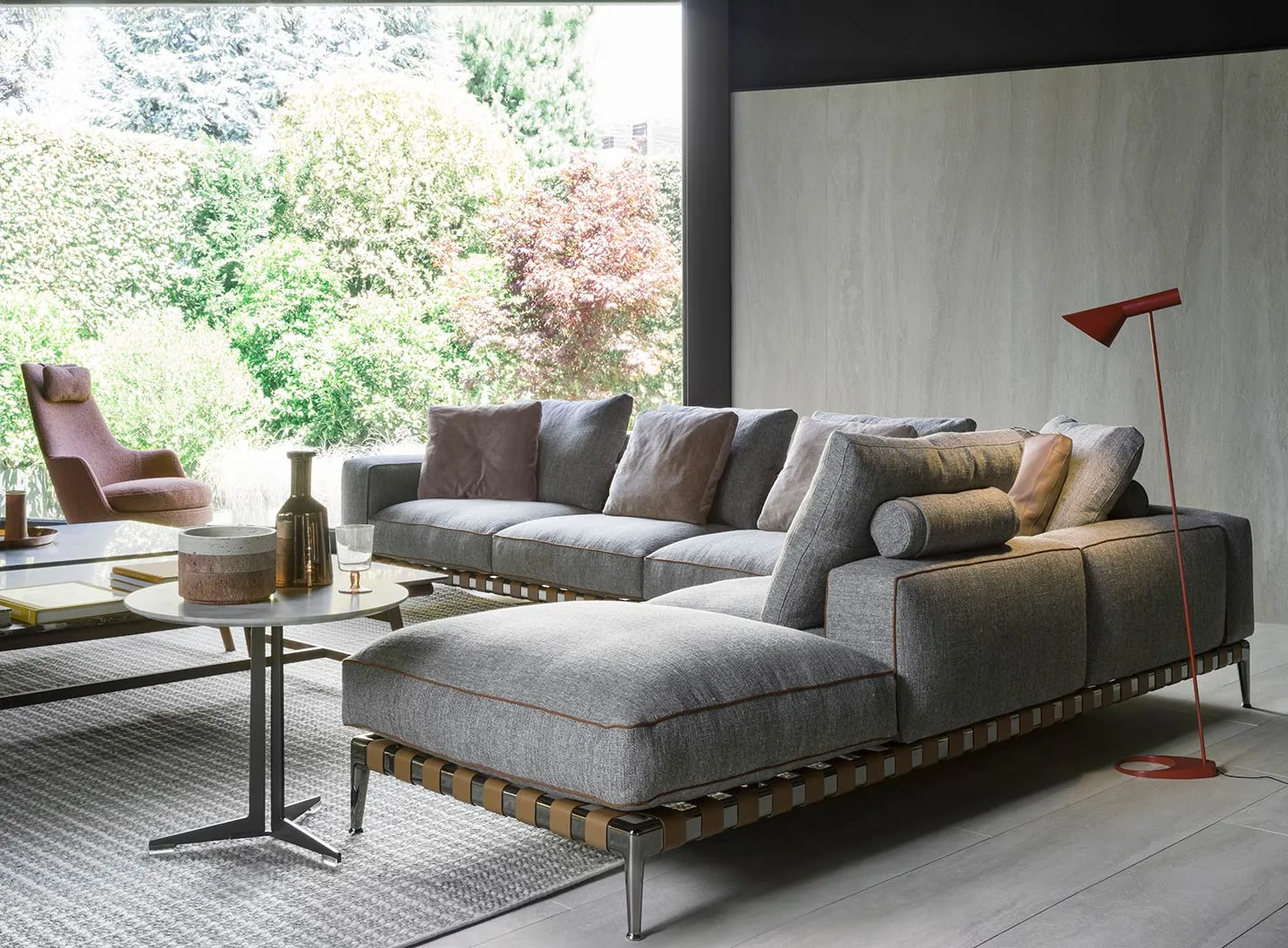In partnership with MiCodmc, a selection of establishments ripe for discovery during the 63rd edition of the Salone del Mobile.Milano, from 8th to 13th April

Fiam
Artisanal approach, artistic flavour and customisation, all serially-produced: this is the final frontier of quality furnishing.
The obsession with “handmade” or at least “hand finished” products has driven projects and, especially, communication over the last few months. Often it’s a case of “pseudo-artisan,” and for the following two reasons: the first, obviously, consists of the impossibility of supplying a global market with products genuinely and entirely “made by hand.” The second, which is much more subtle, relates to consumer demand for pieces characterised by the precision, perfection and uniformity typical of manufacturing. It has to be said that the “real” market is loath to accept “the differences” that artisan processes bring with them. As regards the fabrique des savoir-faire, the example always cited is Hermès: the French fashion house, set up in 1838, which is also active in the tableware and furnishing sectors, and which is acknowledged as the epitome of savoir-faire thanks to the precision of its manufacturing and its rehabilitation of ancient artisan skills.
The signal that sounds loud and clear to the entire furnishing sector is that there is a need to design an art of living, not just consumer goods. Examples of this include the Stac collection by the young designer Giacomo Moor for Desalto, which combines black powder-coated sheet steel and premium woods with 45° interlocks to create a stacking system that leaves no margin for error. Antonio Citterio’s Gregory sofa for Flexform is also faultless, with its metal base and elasticated leather straps that support the seat cushions.

Gregory, design by Antonio Citterio, Flexform
It was clear that the furniture industry, initially caught on the hop by the phenomenon that is art design (i.e. the work of designers featured in galleries), would cotton on fast to its new potential for the sector. So, in an obvious oxymoron, we see objects similar to those that have done so well in galleries “going into production,” perhaps in limited editions. One such example is the precious CAP 53 lost-wax cast bronze vases, reproduced from original models designed by Angelo Mangiarotti in 1962, now issued in a 100-strong series by Agapecasa.
As we said earlier on the subject of craftsmanship and industry, these pieces are more of a guarantee of impeccable manufacture than artworks, and are destined to last considerably longer; Marcel Wanders studio’s Echo vitrine for Fiam, its glass sides reminiscent of Flemish lace, for instance.

Echo, design by Marcel Wanders studio, Fiam
And the NYNY container, distinguished by the irregularity of its volumes, designed by Storagemilano for Gebrüder Thonet Vienna.

NYNY, design by storagemilano, Gebrüder Thonet Vienna
Then there are also the stackable bases in varying sculptural forms (also in patinated bronze) for the Gullwing tables designed by Gabriele and Oscar Buratti and produced by Lema.

Gullwing, design by Gabriele and Oscar Buratti, Lema
The boldly minimalist Rope chair by Ronan and Erwan Bouroullec for Artek (Vitra Group), featuring marine-grade rope that issues unexpectedly from the tubular steel frame, also conforms to this trend.


 Stories
Stories












